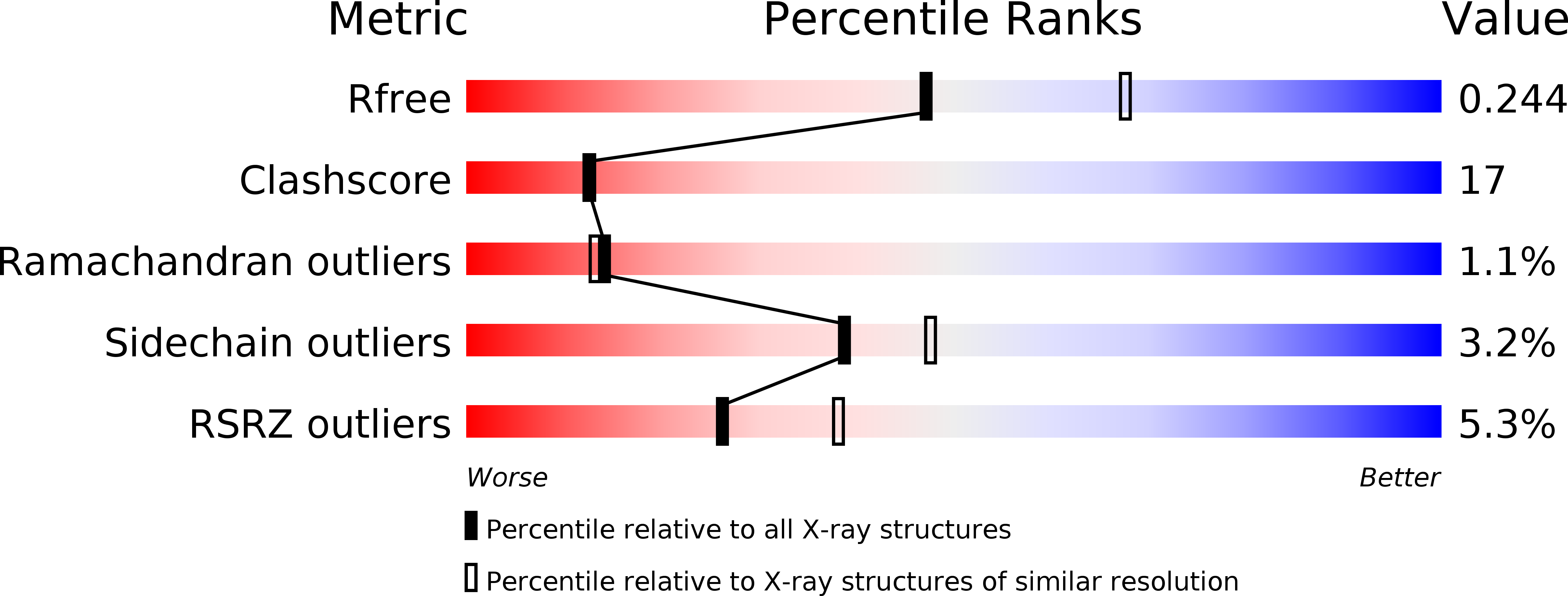
Deposition Date
2005-04-20
Release Date
2006-08-01
Last Version Date
2024-02-14
Entry Detail
PDB ID:
1ZGA
Keywords:
Title:
Crystal structure of isoflavanone 4'-O-methyltransferase complexed with (+)-6a-hydroxymaackiain
Biological Source:
Source Organism:
Medicago truncatula (Taxon ID: 3880)
Host Organism:
Method Details:
Experimental Method:
Resolution:
2.35 Å
R-Value Free:
0.24
R-Value Work:
0.20
R-Value Observed:
0.20
Space Group:
P 43 2 2


